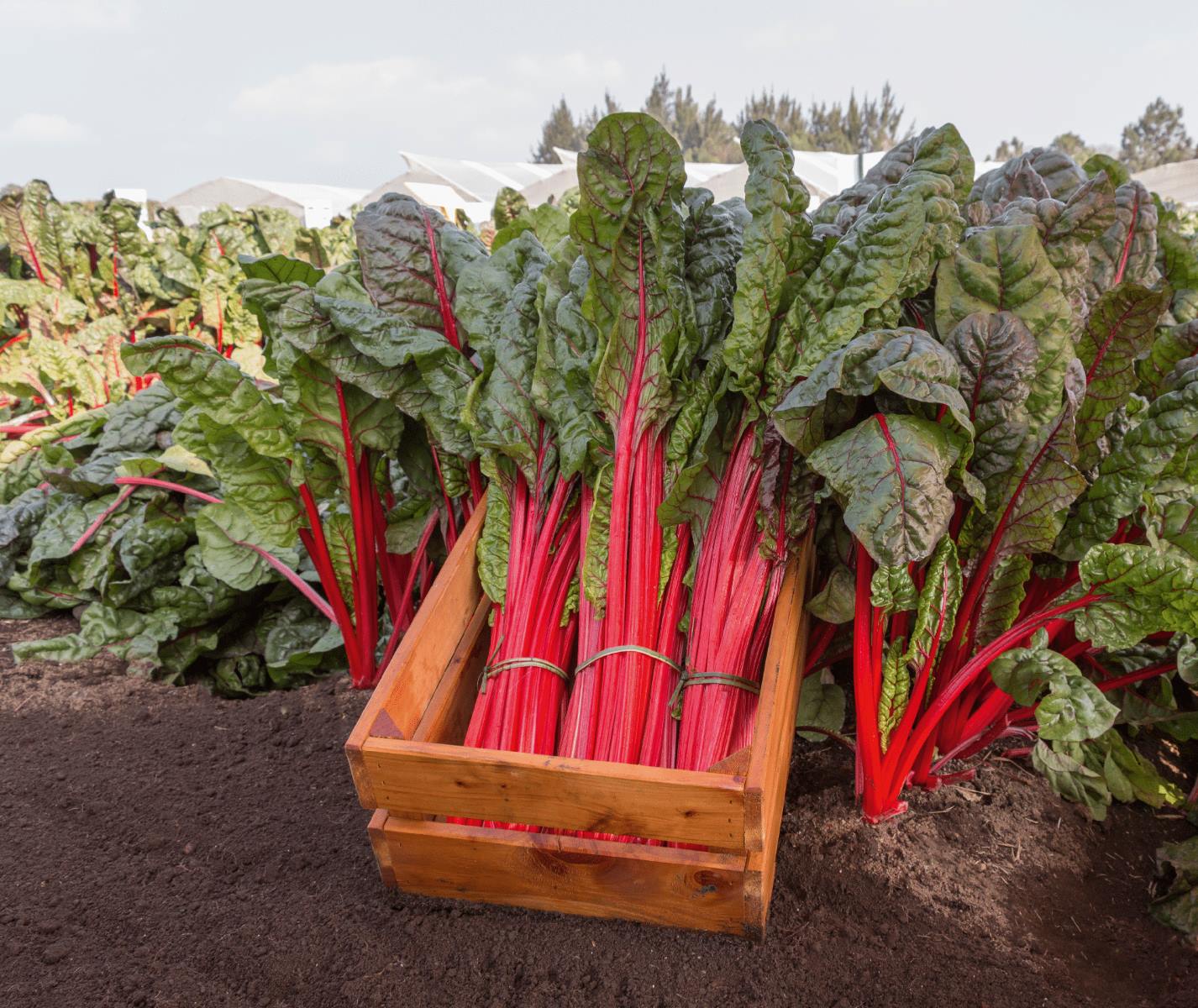

Articles
How To Store Swiss Chard
Modified: February 22, 2024
Learn the best ways to store Swiss chard with our informative articles. Keep your Swiss chard fresh and crisp for longer with these storage tips.
(Many of the links in this article redirect to a specific reviewed product. Your purchase of these products through affiliate links helps to generate commission for Storables.com, at no extra cost. Learn more)
Introduction
Welcome to the world of Swiss Chard! This leafy green vegetable is not only delicious and nutritious but also versatile when it comes to culinary uses. Whether you are growing your own or picking it up from the local farmer’s market, knowing how to store Swiss Chard properly will ensure that it stays fresh for longer, allowing you to enjoy its vibrant flavors and health benefits for an extended period of time.
In this article, we will guide you through the process of storing Swiss Chard, whether you choose to store it in the refrigerator or freeze it for future use. By following our expert tips, you can make the most out of your Swiss Chard harvest or purchase, minimizing waste and ensuring that you always have this nutritious green on hand.
Before we dive into the storage methods, let’s take a closer look at how Swiss Chard should be selected and prepared for storage to retain its freshness and flavor.
Key Takeaways:
- Store Swiss Chard in the refrigerator for up to a week or freeze it for long-term use by blanching and packaging it properly. Enjoy its vibrant flavors and health benefits in various dishes throughout the year.
- Choose fresh Swiss Chard with vibrant leaves, firm stems, and minimal insect damage. Properly prepare and store it to retain its freshness, flavor, and nutrients. Maximize its usage in sautés, soups, smoothies, and more.
Read more: How To Store Swiss Chard In The Fridge
Understanding Swiss Chard
Before we delve into the storage techniques, it’s essential to understand what Swiss Chard is and its characteristics. Swiss Chard, scientifically known as Beta vulgaris, is a leafy green vegetable that belongs to the same family as beets and spinach. It is visually distinct with its large, glossy leaves that can range in color from deep green to vibrant shades of red, orange, and yellow.
Swiss Chard is loaded with nutritional benefits, making it a popular addition to a healthy diet. It is an excellent source of vitamins A, C, and K, as well as minerals such as magnesium, potassium, and iron. Additionally, Swiss Chard contains phytonutrients, such as betalains, which possess antioxidant properties and may have anti-inflammatory effects in the body.
When it comes to flavor, Swiss Chard offers a mildly bitter and earthy taste, similar to spinach or kale. The stems, also known as “ribs,” have a slightly crunchy texture and can vary in color, depending on the variety. Some prefer to remove the ribs and cook only the leaves, while others enjoy the added texture and flavor they provide.
Now that we have a better understanding of Swiss Chard and its characteristics let’s move on to selecting the freshest leaves for storage.
Choosing Fresh Swiss Chard
When it comes to storing Swiss Chard, starting with fresh and high-quality leaves is crucial. Here are a few tips to help you choose the best Swiss Chard for storage:
- Look for vibrant leaves: Choose Swiss Chard leaves that are vibrant in color and have a crisp texture. Avoid wilted or yellowing leaves, as they indicate the vegetable is past its prime.
- Inspect the stems: The stems of Swiss Chard should be firm and brightly colored. Avoid stems that are slimy or have any signs of rot or damage.
- Check for insect damage: While a few holes or nibbles on the leaves are normal, excessive insect damage could indicate poor quality. Inspect the leaves for any pests or signs of infestation before purchasing or harvesting.
- Consider the size: Select Swiss Chard leaves that are of medium size. Overly large leaves may be tough or bitter, while very small leaves might not have developed their full flavor.
When purchasing Swiss Chard from a store or market, opt for bunches that have been kept in a refrigerated section or wrapped in plastic to maintain freshness. If you are growing Swiss Chard in your own garden, harvest the leaves in the morning when they are at their peak of freshness and flavor.
Now that you have chosen the freshest Swiss Chard leaves, let’s move on to preparing them for storage.
Preparing Swiss Chard for Storage
Properly preparing Swiss Chard before storage is essential to maintain its freshness and flavor. Follow these steps to prepare Swiss Chard for storage:
- Wash the leaves: Start by giving the Swiss Chard leaves a thorough rinse under cool water. This will help remove any dirt, debris, or pesticide residue that may be present. Gently pat them dry with a clean kitchen towel or use a salad spinner to remove excess moisture.
- Remove the stems (optional): Some people prefer to remove the stems from Swiss Chard before storage, as they can be cooked separately or used in other dishes. To remove the stems, hold the leaf in one hand and pull the stem away from the leaf with your other hand. You can also slice along the side of the stem with a knife, separating it from the leaf.
- Cut into desired sizes: Depending on your preference, you can leave the Swiss Chard leaves whole or cut them into smaller, more manageable pieces. If you plan to use the Swiss Chard for soups or stews, chopping them into bite-sized pieces may be more convenient.
- Leave them slightly damp: Unlike some other leafy greens, Swiss Chard benefits from a little moisture during storage to prevent drying out. Therefore, it is recommended to leave the leaves slightly damp after washing. This can be achieved by lightly misting them with water or placing a damp paper towel in the storage container.
Now that your Swiss Chard leaves are washed, trimmed, and prepared, it’s time to explore the different storing methods available.
Storing Swiss Chard in the Refrigerator
The refrigerator is the ideal place to store Swiss Chard if you plan to use it within a week. Follow these steps to store Swiss Chard in the refrigerator:
- Choose an airtight container: Place the Swiss Chard leaves in an airtight container or a resealable plastic bag. This will help prevent moisture loss and keep the leaves fresh.
- Line the container with a paper towel: Before placing the Swiss Chard leaves in the container, line the bottom with a paper towel. This will help absorb excess moisture and prevent the leaves from becoming soggy or developing mold.
- Arrange the leaves: Place the Swiss Chard leaves in a single layer inside the container. Avoid overcrowding them, as this can lead to faster deterioration. If you have a large quantity of Swiss Chard, it is better to store it in multiple containers.
- Seal and store: Once the Swiss Chard leaves are arranged in the container, seal it tightly. Place the container in the vegetable crisper drawer of your refrigerator, where the temperature and humidity levels are ideal for leafy greens.
- Check and use within a week: Check the Swiss Chard leaves periodically and remove any damaged or wilted leaves. Use the Swiss Chard within a week for optimal freshness and flavor.
Storing Swiss Chard in the refrigerator will help preserve its nutrients and extend its shelf life. However, if you have a surplus of Swiss Chard or want to store it for a longer period, freezing is a great option.
Store Swiss chard in the refrigerator. Remove any rubber bands or ties, wrap the leaves in a damp paper towel, and place in a plastic bag. It will stay fresh for up to 5 days.
Read more: How To Germinate Swiss Chard
Freezing Swiss Chard
If you have an abundance of Swiss Chard or want to store it for a longer duration, freezing is an excellent option. Follow these steps to freeze Swiss Chard:
- Blanching Swiss Chard for Freezing: Start by blanching the Swiss Chard to preserve its flavor, color, and texture. Blanching involves briefly immersing the Swiss Chard in boiling water, followed by an ice water bath to stop the cooking process. To blanch Swiss Chard:
- Bring a large pot of water to a rolling boil. Add the Swiss Chard leaves and blanch them for 2-3 minutes.
- Meanwhile, prepare an ice water bath in a bowl or sink by combining ice and cold water.
- Using a slotted spoon or tongs, transfer the blanched Swiss Chard leaves to the ice water bath and let them cool for the same amount of time as blanching (2-3 minutes).
- Once cooled, remove the Swiss Chard from the ice water bath and drain well to remove excess moisture.
- Storing Swiss Chard in the Freezer: After blanching, you can choose from two methods to store Swiss Chard in the freezer:
- Method 1: Lay the blanched Swiss Chard leaves in a single layer on a baking sheet lined with parchment paper. Place the baking sheet in the freezer for a few hours until the leaves are frozen solid. Once frozen, transfer the individual leaves into a freezer-safe bag or container. Squeeze out as much air as possible before sealing and label with the date.
- Method 2: Alternatively, you can bundle a few blanched Swiss Chard leaves together and wrap them tightly in plastic wrap or aluminum foil. Place the wrapped bundles in a freezer bag, remove excess air, and seal. Label the bag with the date for easy identification.
- Using Stored Swiss Chard: Frozen Swiss Chard can be used in cooking directly from the freezer without thawing. Add it to soups, stews, stir-fries, casseroles, or any other recipe that calls for leafy greens during the cooking process. The freezing process may cause the texture of the Swiss Chard to become softer, so it is best suited for cooked dishes rather than raw preparations.
By following these steps, you can enjoy the goodness of Swiss Chard throughout the year, even when it’s out of season.
Blanching Swiss Chard for Freezing
Blanching Swiss Chard before freezing is an essential step to help preserve its color, texture, and nutrients. The blanching process involves briefly cooking the Swiss Chard in boiling water, followed by rapidly cooling it in an ice water bath. Follow these steps to blanch Swiss Chard:
- Prepare the Swiss Chard: Start by washing the Swiss Chard leaves thoroughly under cool water to remove any dirt or debris. Trim off the tough stems, if desired, and discard any damaged or wilted leaves.
- Boil the water: Fill a large pot with water and bring it to a rolling boil. Make sure there is enough water to completely submerge the Swiss Chard leaves.
- Blanch the Swiss Chard: Carefully add the Swiss Chard leaves to the boiling water and allow them to cook for about 2 to 3 minutes. The exact time may vary depending on the size and thickness of the leaves.
- Prepare the ice water bath: While the Swiss Chard is cooking, prepare a large bowl or sink with cold water and ice cubes. This will be used to rapidly cool down the Swiss Chard and stop the cooking process.
- Cool the Swiss Chard: Using a slotted spoon or tongs, transfer the blanched Swiss Chard leaves from the boiling water to the ice water bath. Allow them to sit in the ice water for the same amount of time as they were blanched (about 2 to 3 minutes). This step helps retain the vibrant color and crispness of the leaves.
- Drain and pat dry: Once the Swiss Chard is cooled, remove it from the ice water and drain well to remove any excess moisture. Gently pat the leaves dry with a clean kitchen towel or paper towels.
- Package for freezing: Now, you can proceed to package the blanched Swiss Chard for freezing. You can either lay the individual leaves in a single layer on a baking sheet lined with parchment paper and freeze them for a few hours until solid. Then, transfer the frozen leaves into freezer-safe bags or containers. Alternatively, you can bundle a few blanched leaves together and wrap them tightly in plastic wrap or aluminum foil before placing them in freezer bags.
- Label and freeze: Before placing the Swiss Chard in the freezer, be sure to label the containers or bags with the contents and the date of freezing. This way, you can easily identify them when you need to use them later.
Blanching Swiss Chard before freezing helps preserve its color, texture, and nutrients. With this process, you can enjoy the taste and nutritional benefits of Swiss Chard even during the off-season.
Storing Swiss Chard in the Freezer
If you have an abundance of Swiss Chard or want to store it for an extended period, freezing is an excellent option. Follow these steps to store Swiss Chard in the freezer:
- Blanch the Swiss Chard: Start by blanching the Swiss Chard to help preserve its flavor, texture, and color. Refer to the previous section on blanching Swiss Chard for detailed instructions on how to blanch it.
- Prepare for Freezing: Once the Swiss Chard has been blanched and cooled, it’s time to prepare it for freezing. You have two options: freezing individual leaves or creating bundles.
- For individual leaves: Lay the blanched Swiss Chard leaves in a single layer on a baking sheet lined with parchment paper or a silicone mat. Place the baking sheet in the freezer and let the leaves freeze for a few hours until they are solid. This method allows you to easily grab the desired amount of Swiss Chard when needed.
- For bundles: Bundle together a few blanched Swiss Chard leaves and wrap them tightly with plastic wrap or aluminum foil. Place the wrapped bundles in a freezer-safe bag, remove any excess air, and seal the bag. This method is convenient if you often use a specific quantity of Swiss Chard in your recipes.
- Store in Freezer: Once the Swiss Chard is prepared for freezing, place the packaged leaves or bundles in the freezer. Make sure to arrange them in a way that prevents them from getting crushed or damaged. It is recommended to store them in a location where they won’t be easily jostled or disturbed.
- Label and Date: Before placing the Swiss Chard in the freezer, be sure to label the containers or bags with the contents and the date of freezing. This will help you keep track of how long the Swiss Chard has been stored and prioritize its usage accordingly.
- Maximize Shelf Life: To maximize the shelf life of frozen Swiss Chard, it is important to ensure that the packaging is airtight and free from air pockets. Air exposure can lead to freezer burn and degrade the quality of the Swiss Chard. If using bags, squeeze out any excess air before sealing. If using containers, ensure they are tightly sealed.
- Use within 6 to 12 Months: Frozen Swiss Chard can be stored for an extended period, typically between 6 to 12 months, without compromising its quality. However, the flavor and texture can gradually deteriorate over time. Therefore, it is best to use the frozen Swiss Chard within the first year for optimal taste and nutritional value.
By following these steps, you can efficiently store Swiss Chard in the freezer, ensuring you have a convenient supply of this nutritious green for your favorite recipes throughout the year.
Using Stored Swiss Chard
Stored Swiss Chard, whether in the refrigerator or the freezer, can be a versatile and nutritious addition to various dishes. Here are some ideas for using the stored Swiss Chard:
- Sautéed Swiss Chard: Heat some oil or butter in a pan and add chopped Swiss Chard leaves. Sauté them with garlic, onions, or your favorite seasonings until wilted. This simple and flavorful side dish pairs well with a variety of main courses.
- Stir-fries and Curries: Add frozen Swiss Chard directly to stir-fries or curries during the cooking process. The heat will thaw and cook the Swiss Chard, adding a pop of color and nutrition to your dishes.
- Smoothies and Juices: If you have frozen Swiss Chard, you can blend it into smoothies or juices for a nutritious boost. Combine frozen Swiss Chard leaves with fruits, yogurt, and your choice of liquids for a refreshing and healthy beverage.
- Soups and Stews: Add chopped Swiss Chard leaves to your favorite soups, stews, and chili recipes. They will infuse the dish with a vibrant green color and provide added nutrients. Add them towards the end of the cooking process to preserve their texture and brightness.
- Pasta and Grain Dishes: Mix in thawed Swiss Chard leaves with cooked pasta, rice, or quinoa. Toss them with your preferred sauce, such as tomato sauce or olive oil and garlic, for a nutritious and satisfying meal.
- Quiches and Frittatas: Use chopped Swiss Chard leaves, both fresh or frozen, as an ingredient in quiches and frittatas. The combination of eggs, cheese, and Swiss Chard create a delicious and wholesome brunch or lunch option.
- Casseroles and Lasagnas: Layer Swiss Chard leaves into casseroles and lasagnas for added texture and flavor. They can be used as a substitute or addition to other greens, such as spinach or kale.
Remember to adjust cooking times when using frozen Swiss Chard, as the freezing process can soften the texture of the leaves. Feel free to experiment and get creative with using Swiss Chard in your favorite recipes.
With these ideas, you can make the most out of your stored Swiss Chard and enjoy its nutritious benefits in a variety of delicious dishes.
Read more: How Long Swiss Chard Germinate
Conclusion
Storing Swiss Chard properly is key to maximizing its freshness, flavor, and nutritional value. Whether you choose to store it in the refrigerator or freezer, following the right techniques will help you enjoy this nutrient-rich leafy green for an extended period.
By understanding the characteristics of Swiss Chard, choosing the freshest leaves, and properly preparing them for storage, you can set the foundation for successful storage. Storing Swiss Chard in the refrigerator allows you to keep it fresh for up to a week, while freezing Swiss Chard extends its shelf life for several months.
Blanching Swiss Chard before freezing helps preserve its color, texture, and nutrients. Freezing Swiss Chard in individual leaves or bundles provides convenience and flexibility in using it for various dishes. Utilize the frozen Swiss Chard in sautés, stir-fries, smoothies, soups, and more to add a nutritional boost to your meals.
Whether you’re growing Swiss Chard in your garden or purchasing it from the market, proper storage techniques ensure minimal waste and maximum enjoyment. Remember to label and date your stored Swiss Chard to keep track of its freshness.
Now that you have learned how to store Swiss Chard like a pro, you can confidently stock up on this versatile leafy green and savor its freshness and health benefits throughout the year. So go ahead, embrace the vibrant flavors and vibrant hues of Swiss Chard in your cooking adventures!
Frequently Asked Questions about How To Store Swiss Chard
Was this page helpful?
At Storables.com, we guarantee accurate and reliable information. Our content, validated by Expert Board Contributors, is crafted following stringent Editorial Policies. We're committed to providing you with well-researched, expert-backed insights for all your informational needs.
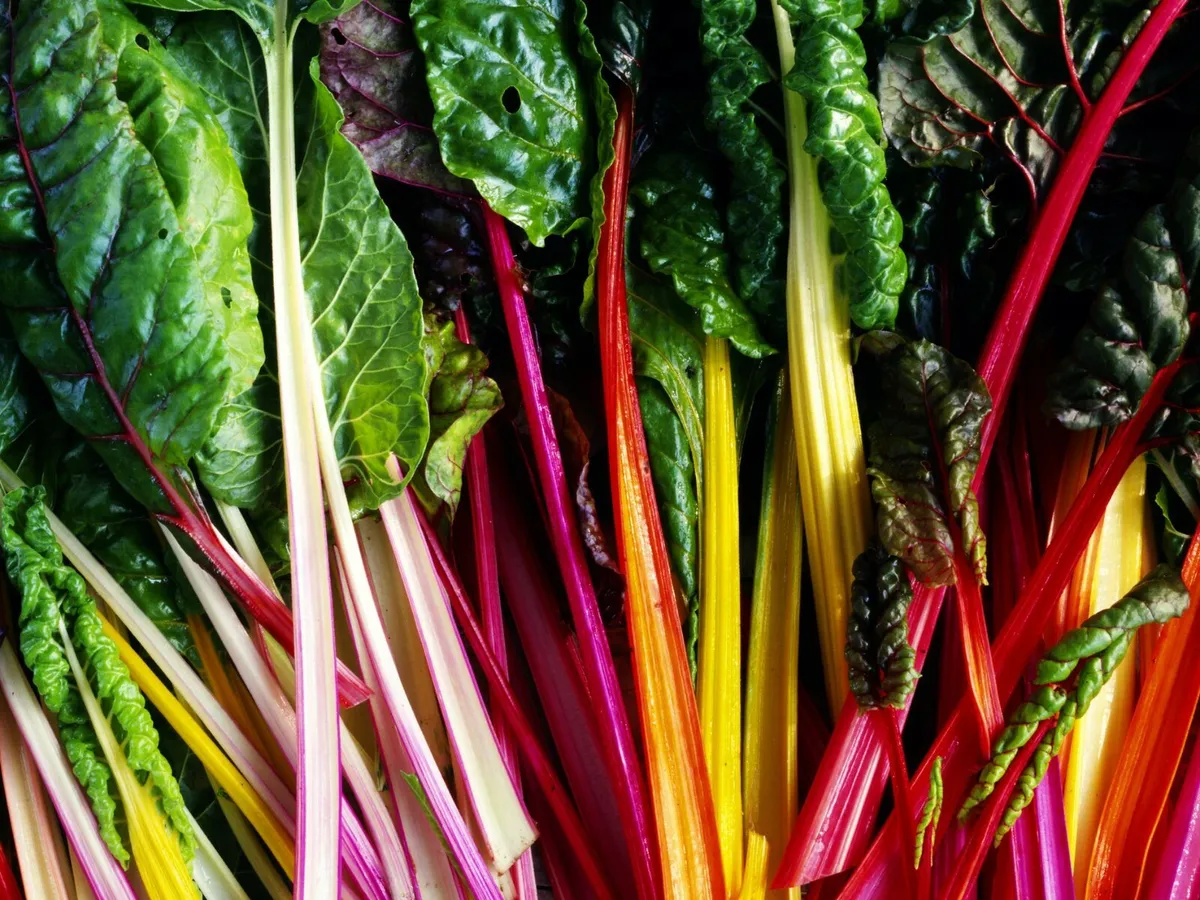
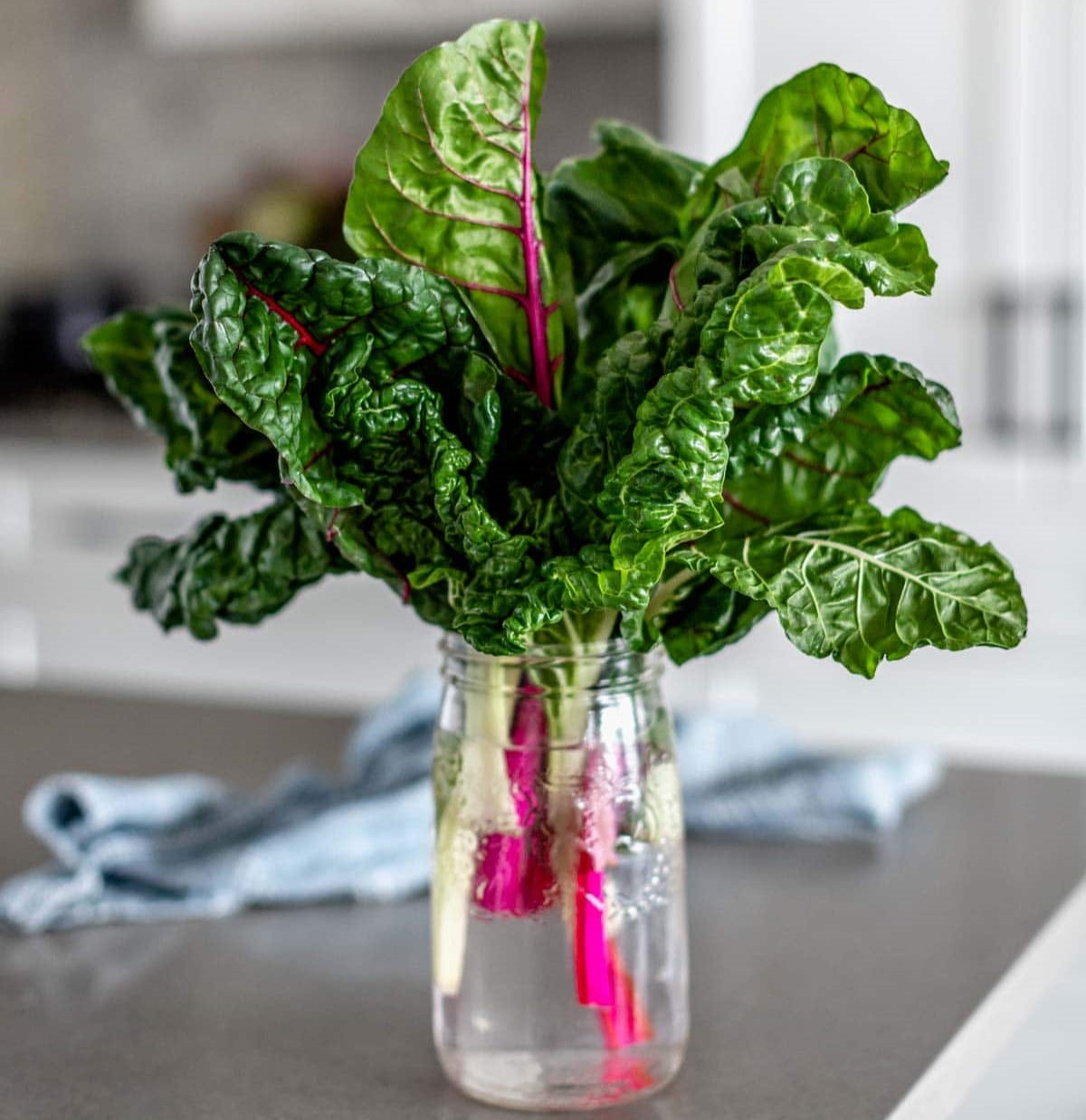
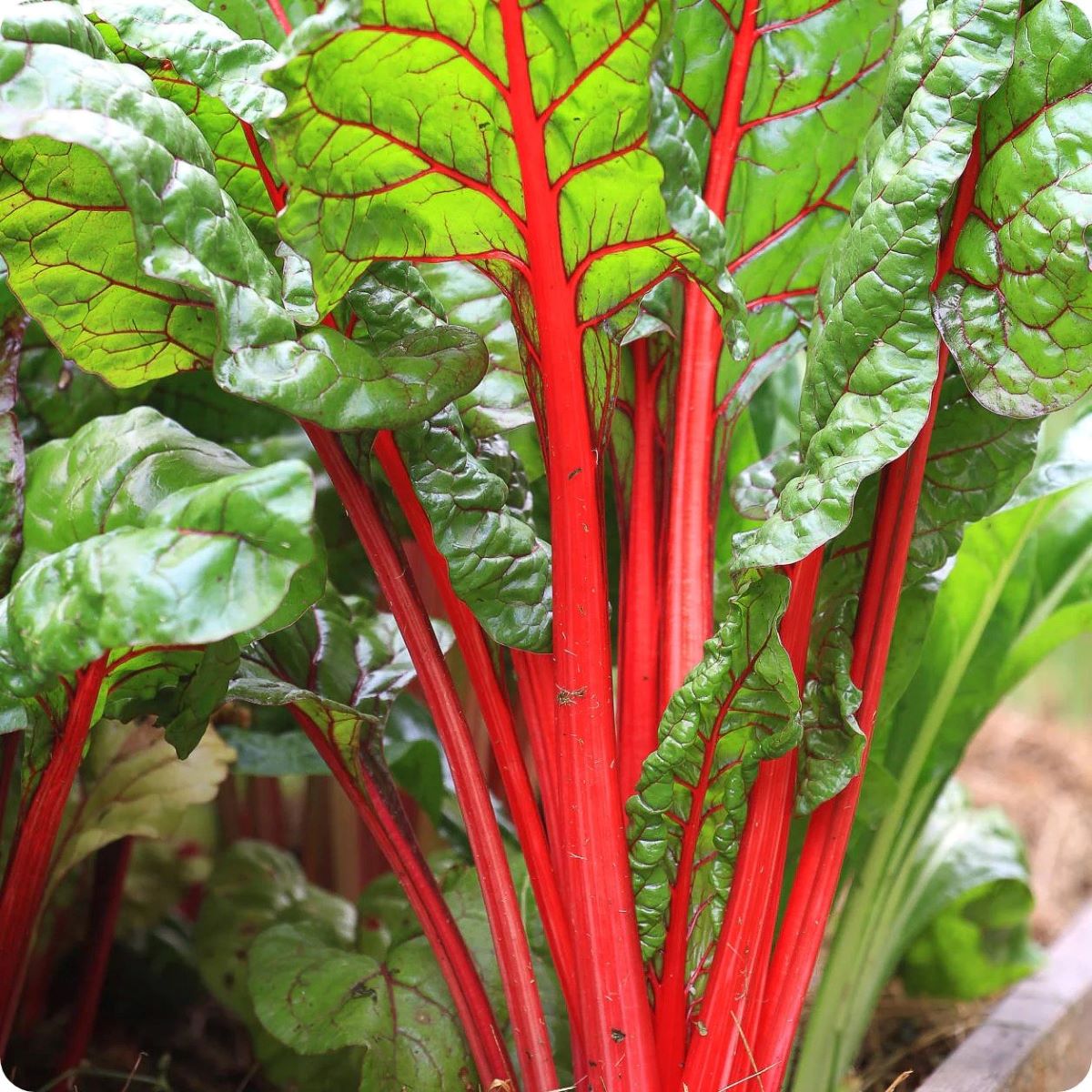
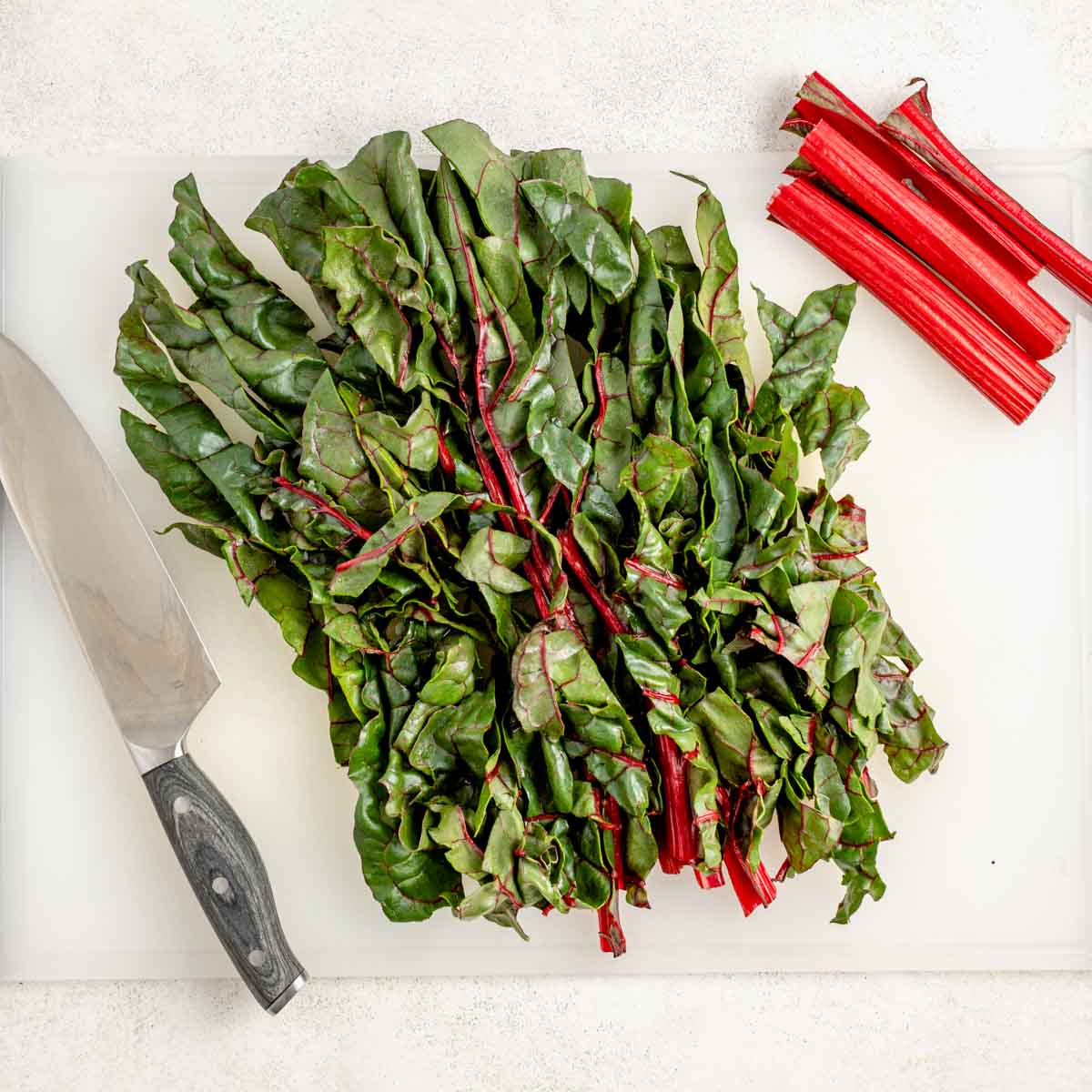




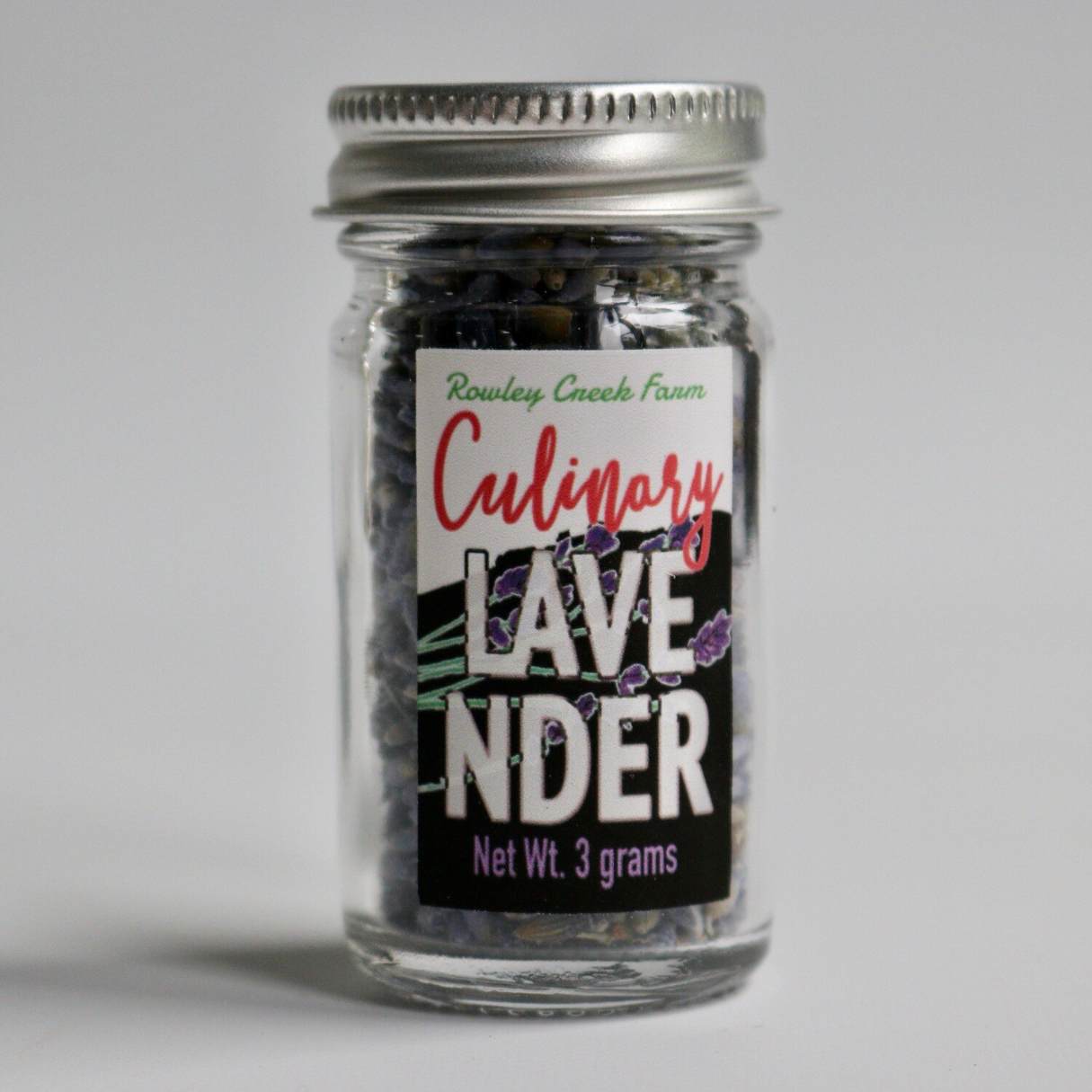
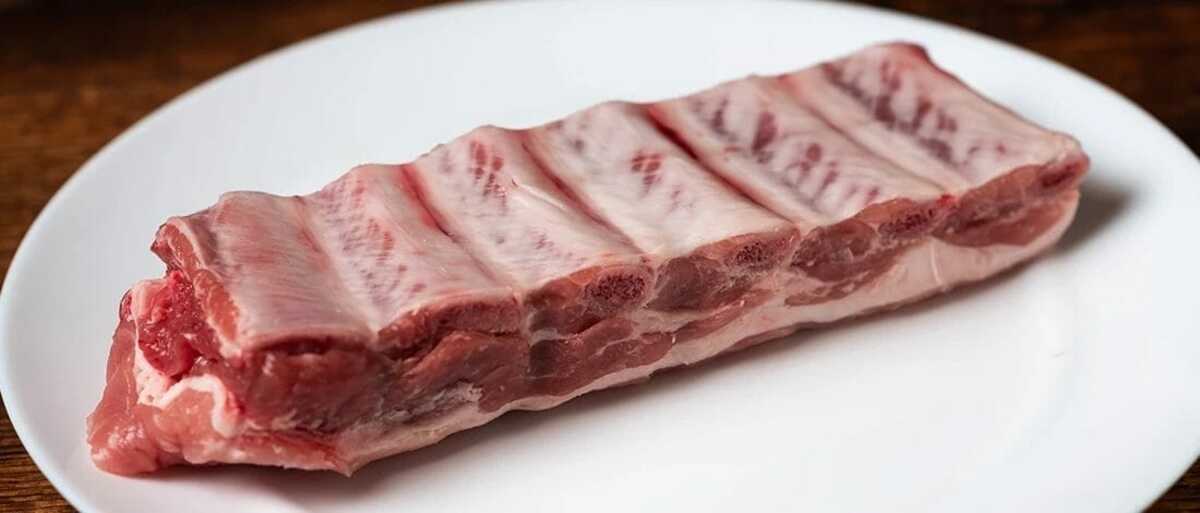




0 thoughts on “How To Store Swiss Chard”